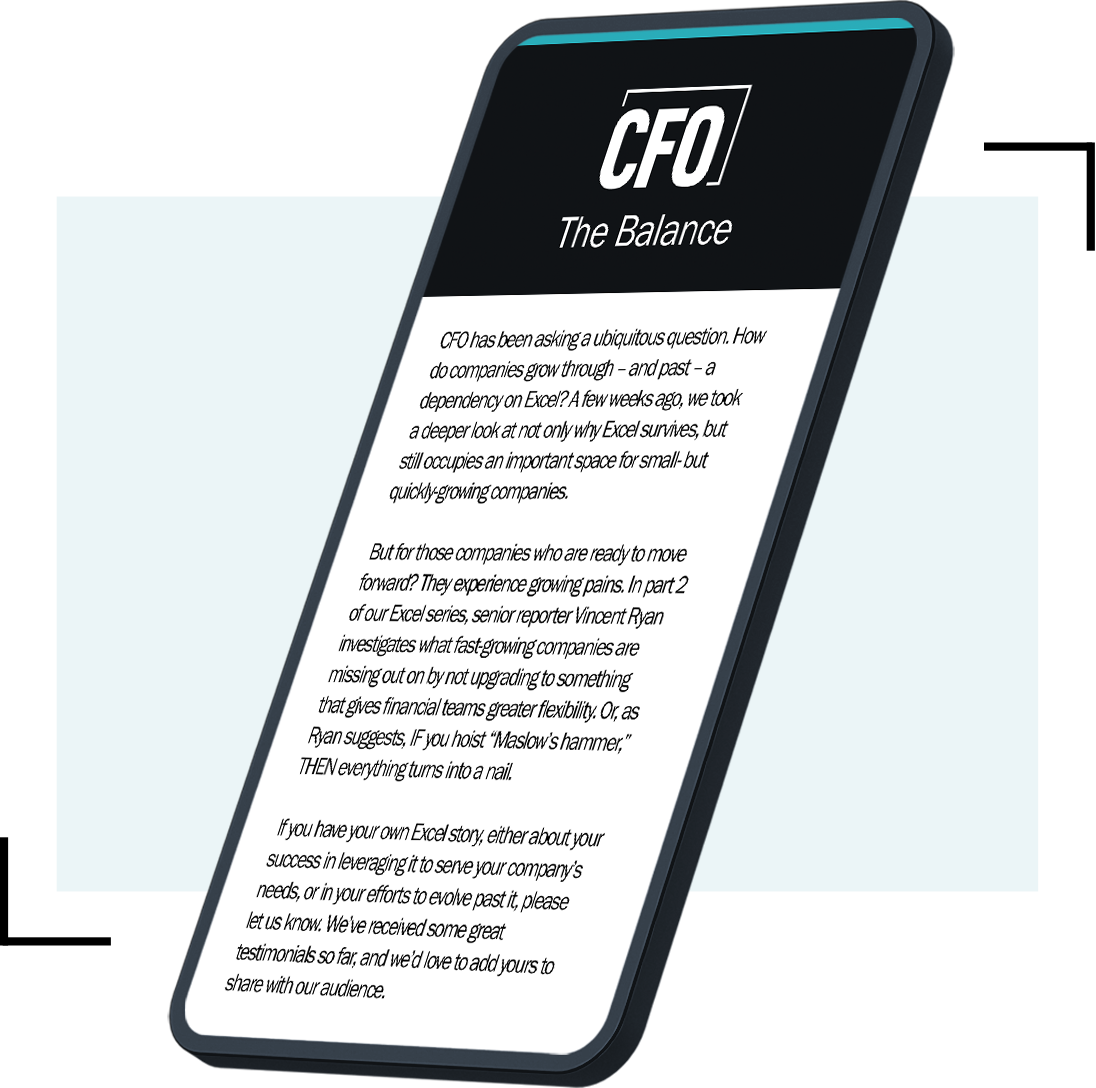From fluctuations in oil and commodity prices to geopolitical conflict and emerging markets, today’s organizations must operate in an ever-shifting global landscape. In the face of such uncontrollable external risks that threaten their companies’ strategy and performance, CFOs are increasingly turning to hedging principles for protection.

William Watts
Without proper management, however, hedging can lead to risks of its own. That’s why hedging-oversight committees across industries are gaining traction.
Common Motives for Hedging
CFOs typically view hedging as a strategy to mitigate their risks from uncontrollable changes in the market. More specifically, a CFO might employ hedging as a means to:
- Reduce exposure risk to cash flow over a defined period
- Protect currency rates used when establishing budgets or projected results
- Reduce risk to earnings over a defined period
- Offset risks of adverse period-on-period changes in earnings
- Offset risks of adverse period-on-period changes in cash flow
Currency risk is often a particularly significant concern for companies that pursue hedging. An organization entering a sales contract might be comfortable with the expected margin, only to see that margin slip away because exchange rates have dropped dramatically and unexpectedly. Hedging lets a company avoid such risk by locking into a certain amount of profit on the sale.
Unknown Unknowns
The major pitfall in hedging is not knowing what you don’t know. Many times, the decision-makers involved in hedging are unaware of certain aspects of their business’ operations, which makes it difficult to choose the right hedge or approach to mitigate the risk. An executive might have the best intentions and reach a decision that makes perfect sense for his or her sliver of the organization — but actually ends up adding more risk exposure in the context of the entire company.
For example, a company that sells its products around the world receives a contract to sell one billion yen worth of goods over the next year to a customer in Japan. The head of sales responsible for this contract enters a currency hedge of 500 million yen to mitigate the company’s exposure to loss on foreign currency exchange rates.
Unbeknownst to the head of sales, though, the company also purchases significant raw materials from a Japanese supplier and will purchase about one billion yen worth of supplies over the next year. Because the head of sales wasn’t aware of the company’s entire transaction base denominated in yen, the company took a neutral net exposure position (sales of one billion yen less purchases of one billion yen) and turned it into a 500 million-yen exposure by entering the hedge.
As this example demonstrates, appropriate decision-making regarding hedging requires comprehensive knowledge of the all of the company’s relevant activities. In other words, it requires an oversight committee.
What Good Committees Do
More businesses are creating oversight committees to apply an enterprise approach to hedging. For a large company with global operations, members might include the CFO, controller, and vice president of operations, as well as representatives from the supply chain, procurement, human resources, and legal functions and the heads of major business units or other groups.
Including these players in the determination of the company’s hedging principles and strategies greatly improves the odds that all relevant information is considered and the proper hedging level is established.
The composition and conduct of each oversight committee will vary, depending on, for example, to whom the committee reports and whether it requires independent members. But every committee’s primary objectives or goals should include the following:
- Obtaining an understanding of the company’s overall strategy, business environment, and risks that could be hedged. By understanding the strategy, environment, and associated risks, the committee can more easily determine the risk hedging that might help prevent or mitigate the organization’s exposure.
- Establishing the goals and desired returns from hedging activities (that is, setting the company’s risk appetite for hedging) and formalizing those in documented strategy materials. This activity includes initial decisions about matters such as the composition of the committee and how frequently it should meet. If, for example, the company doesn’t engage in much hedging, it might opt for a smaller committee that meets less frequently. Similarly, if a company operates only in the United States, the committee might not require the full slate of executives enumerated above.
- Providing oversight to hedging activities within the organization and establishing approval policies for entering into hedges. The company must have policies, procedures, and controls in place so that everyone in the organization knows what they can and can’t do. In the example involving contracts in Japan, the company needed a policy requiring the decision-maker to seek approval from a higher-level individual with a broader perspective on the company’s transaction base in the country.
- Measuring results based on the established goals and holding others accountable. Ensure that the organization is aligned with the hedging goals and holds accountable the committee and others who can affect risk.
Satisfying these and other objectives requires solid planning and processes, but best practices are available to help do so.
Eyes Wide Open
Hedging can provide an organization with much value when it comes to assuming appropriate levels of risk in a volatile business environment – especially when an oversight committee is involved. No company will always win in hedging, but one with a committee will know its risk exposure and can proceed under a policy that facilitates decisions that align with the company’s risk appetite.
William Watts is a risk consulting principal at Crowe Horwath LLP and can be reached at 614-280-5227 or [email protected].Chad Zagar, senior manager for business risk services at Crowe Horwath, can be reached at 616 233 5564 or [email protected].








